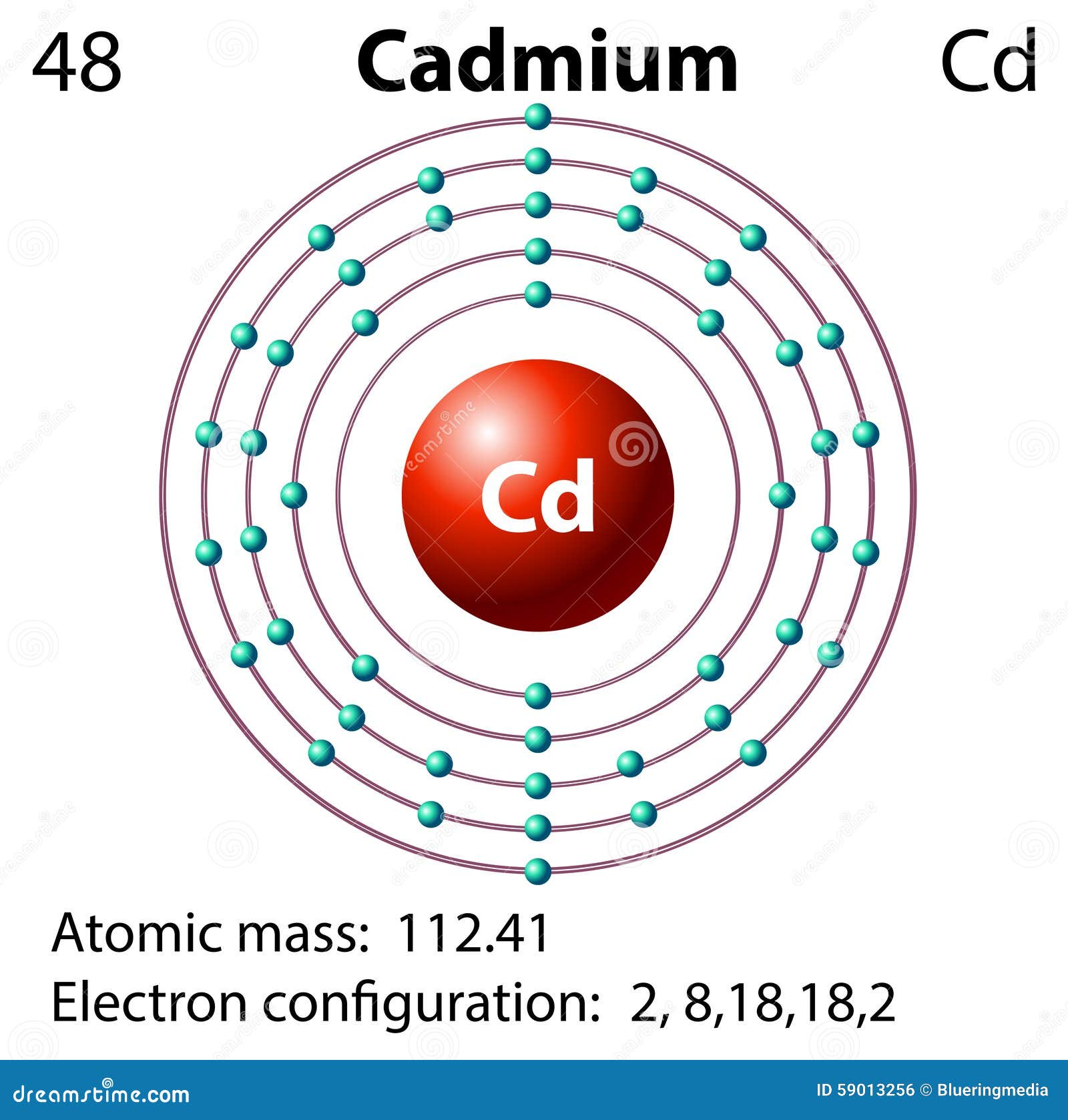Sorry, Energy Education does not support your browser version. Please switch browsers or upgrade Internet Explorer to version 8 or above to view this website properly.
The weak nuclear force (or just the weak force, or weak interaction) acts inside of individual nucleons, which means that it is even shorter ranged than the strong force. It is the force that allows protons to turn into neutrons and vice versa through beta decay. This keeps the right balance of protons and neutrons in a nucleus. The weak force is very important in the nuclear fusion that happens in the sun.[1] Nuclear fusion has also been created in laboratories, and that process requires the weak force to work too. See size of the universe for a list of visuals demonstrating how short ranged the weak force is.
As the name implies, the weak force is much weaker than the strong force, or the electromagnetic force, but it is quite a bit stronger than the gravitational force.
In particle physics, the electroweak interaction or electroweak force is the unified description of two of the four known fundamental interactions of nature: electromagnetism and the weak interaction.Although these two forces appear very different at everyday low energies, the theory models them as two different aspects of the same force.
A force that causes subatomic particles within the nuclei of atoms to decay or break up into smaller particles and to give off energy as radiation. The weak nuclear force is one of the four basic forces in nature, being weaker than the strong nuclear force and the electromagnetic force but stronger than gravity. Also called weak interaction. Weak nuclear force. The positive charge of protons or the neutral charge of neutrons is a consequence of the need for internal equilibrium in the electromagnetic tension between different quarks. According to previous sections, the formation of an electron in orbit involves reaching a physical limit concerning the curls of the mass by the. Weak interaction, the weak force or weak nuclear force, is one of the four fundamental forces in the universe. It is carried by particles known as the W and Z bosons, which are gauge bosons.The weak force causes beta decay, a form of radioactivity. At extremely high energy levels, the force of weak interaction and electromagnetism begin to act the same, and this is called electroweak interaction.
Modern physics has unified the electromagnetic and weak forces into the electroweak force. There is a continued effort to try to unify all of the forces in a grand unified theory.
Fully understanding the weak force takes many years of study, but some fun places to start include hyperphysics or the blog of Prof. Matt Strassler.
Below is the Scishow's series on fundamental forces part 2, the weak force:
For Further Reading
To learn about the other forces, please see the following pages:

- Or explore a random page
References
- ↑Sears and Zemanski's University Physics, 13th edition by Young and Freedman. Addison Wesley, 2010. Chapter 44, pg 1491.
Weak Nuclear Force Discovery
:max_bytes(150000):strip_icc()/GettyImages-587169643-1--5842fd445f9b5851e531d0f4.jpg)
Authors and Editors

Weak Nuclear Force
Sarjana Amin, Allison Campbell, Jordan Hanania, Kailyn Stenhouse, Jason Donev
Last updated: January 31, 2020
Get Citation
